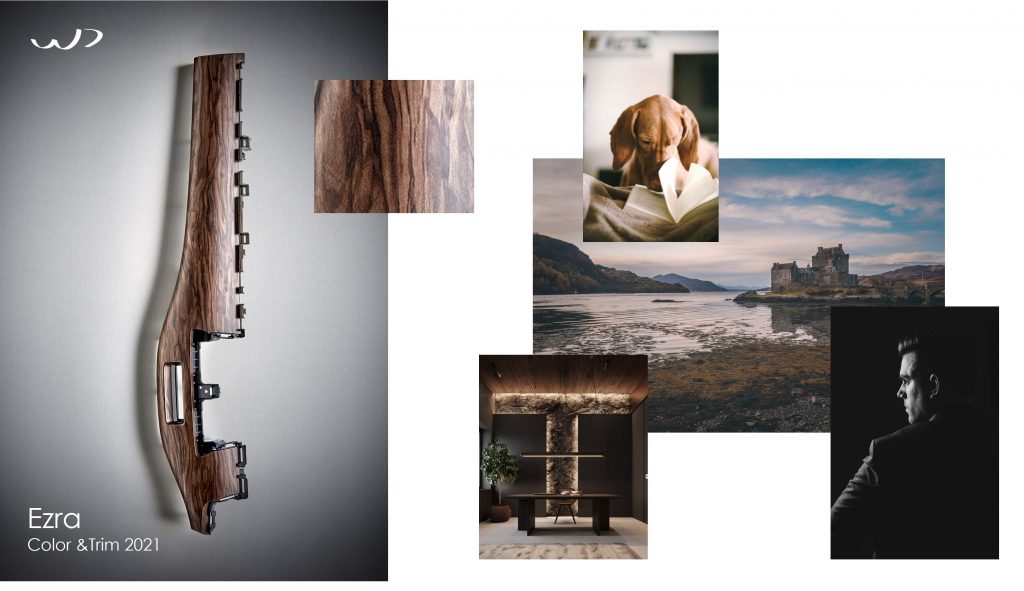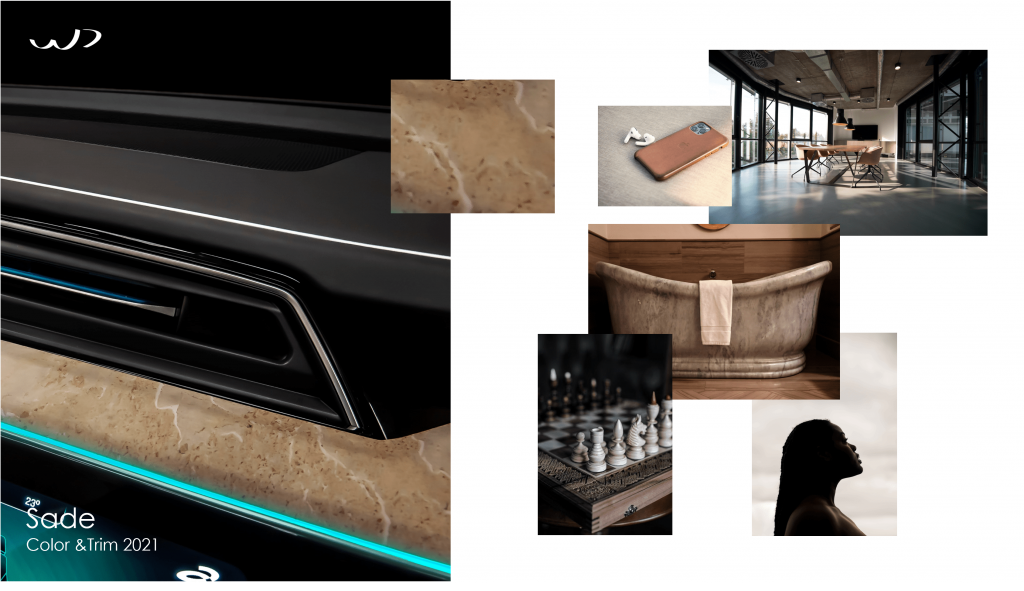
The question was, how to go about it? How can stone be malleated and made into a front panel with a specific shape? How can a feature or backlight system be integrated that contributes to creating a specific environment inside a vehicle?
“Some of the stones used to make these coatings are stratified. One of the techniques used by suppliers to obtain these sheets is to cut the blocks at the quarry, apply a resin which is left to cure and then peel it off, which gets part of the stone to stick to the resin. The result is a natural stone film that is less than 1 mm thick,” ,
explains the R&D manager.
After that, Walter Pack comes into play to give these materials three-dimensionality.

Sheets of stone, wood, fabrics, cork and a range of other materials take on the corresponding shapes through the thermoforming process.
The result is spectacular by any standard.
“We are able to produce parts with a stone film and a specific shape to which backlighting can also be applied. Lighting tones can be modified to the consumer’s liking to create the desired ambient lighting. We also focus on preserving the materials’ real haptic, with an adequate degree of roughness and temperature, so that the experience of touching it is authentic. We can even give each part a custom finish, for example, granite and rough, or a polished marble surface,”
says Sonia López
These characteristics are what make Walter Pack a leading partner in the research, design and production of automotive parts using real materials, placing it at the technological forefront for supporting the sector’s evolution and development.